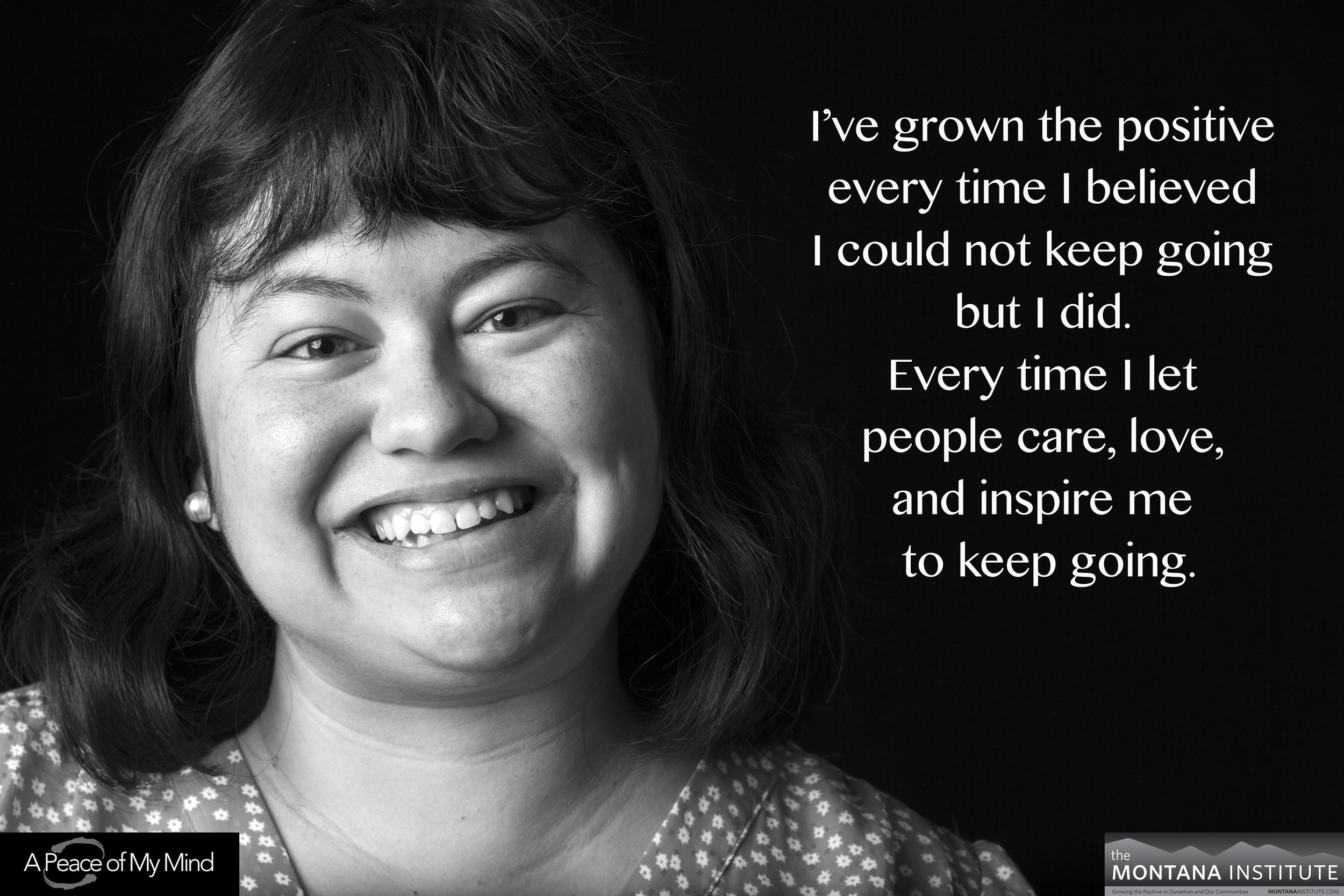Balancing Concern and HOPE: Applying the Science of the Positive to Help Children Thrive
/For years, researchers have been discussing the negative health outcomes correlated with ACEs -- Adverse Childhood Experiences. The ACEs study opened up a whole new way to look at the long-term impacts of childhood challenges. However, the Science of the Positive directs us to look for the hope that always exists alongside risk, danger, and concern. I am pleased to announce the release of a report on the evidence for HOPE (Health Outcomes of Positive Experience); HOPE may be the most significant application of the Science of the Positive in research and action to date. The goal of HOPE is to measure how positive experiences might correlate with strengths, protections, resilience and health. The data in the just-released report – including data collected by The Montana Institute on behalf of Prevent Child Abuse America – reinforce the need to promote positive experiences for children and families that foster healthy childhood development. Put in the context of the Science of the Positive Cycle of Transformation, these data:
- Establish a spirit of hope and optimism that balances the concern of ACEs;
- Demonstrate, through science, the powerful contribution of positive relationships and experiences to the development of healthy children and adults;
- Describe actions related to social norms regarding positive parenting practices;.
- Reflect upon the positive returns we as a society can expect to see if we support positive childhood environments.
HOPE is a terrific example of how the Science of the Positive can be applied to research and policy planning – and I look forward to sharing the next steps in its development with all of you. You can read the entire article online or join us at the Montana Summer Institute where my friend, fellow scientist, and lead author Dr. Bob Sege will present on this important work.




